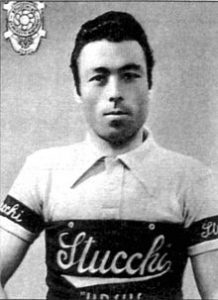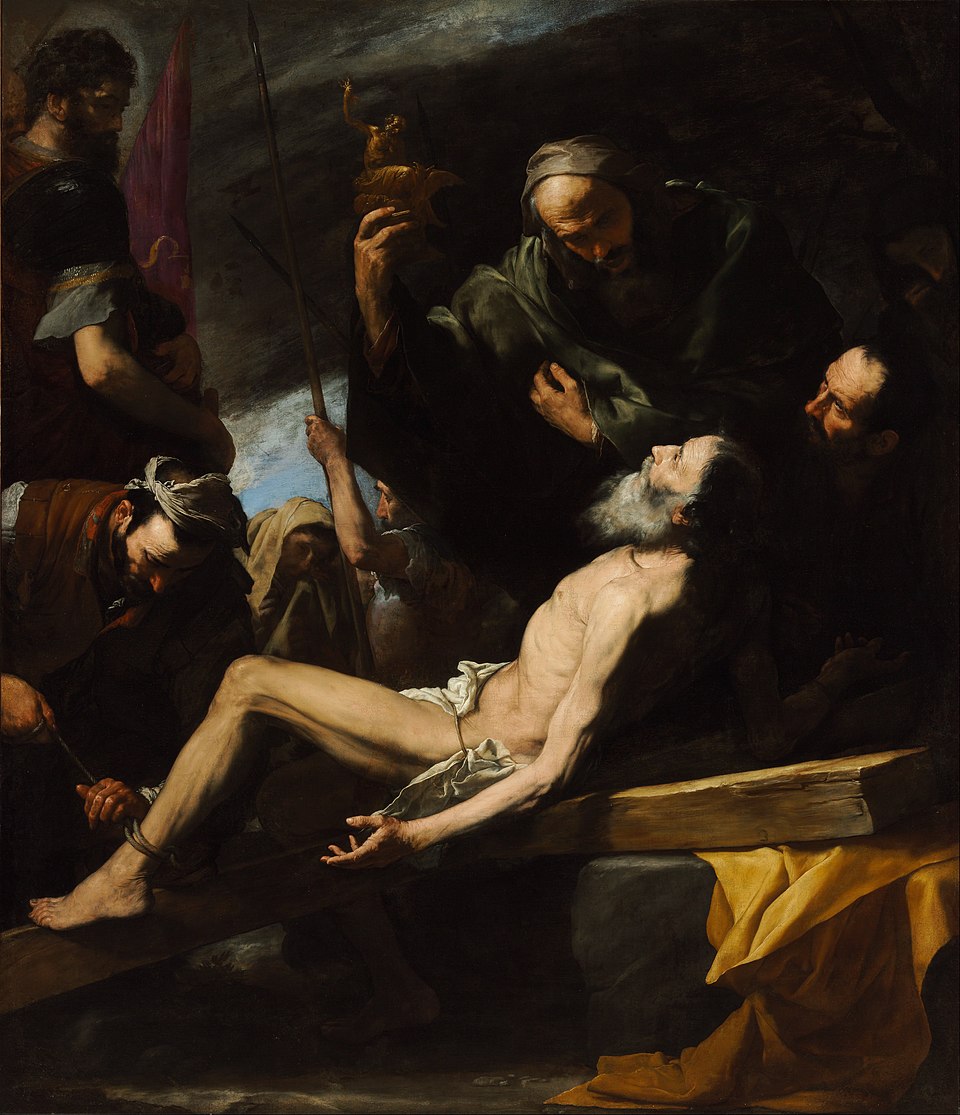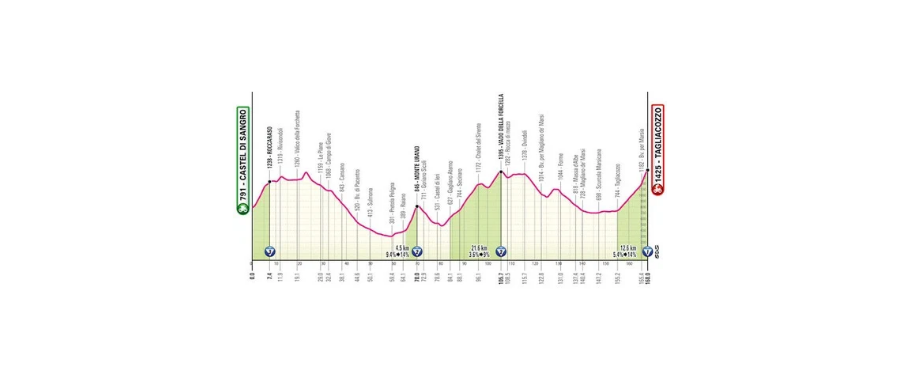Potenza – Naples
15 May 2025
210 km

NEXT STAGES
Giro d’Italia 2025 Stage 7 Castel di Sangro – Tagliacozzo (168 km)
Castel di Sangro – Tagliacozzo16 May 2025168 km
Giro d’Italia 2025 Stage 8 Giulianova – Castelraimondo (197 km)
Giulianova – Castelraimondo 17 May 2025 197 km A hilly stage through the Appennijew, heading North-West. Tirreno -Adriatico… Read More »Giro d’Italia 2025 Stage 8 Giulianova – Castelraimondo (197 km)
Giro d’Italia 2025 Stage 9 Gubbio Siena (181 km)
Gubbio – Siena 18 May 2025 181 km If Toscana (Tuscany), then Strade Biance-styled gravel stage at the… Read More »Giro d’Italia 2025 Stage 9 Gubbio Siena (181 km)
FACES FROM THE PELOTON/ITALIAN CYCLIST OF THE DAY
 Luigi Malabrocca is most remembered today for his unorthodox quest to secure the maglia nera—the last-place jersey of the Giro d'Italia. However, during his professional career from 1945 to 1958, Malabrocca also achieved noteworthy successes.
Luigi Malabrocca is most remembered today for his unorthodox quest to secure the maglia nera—the last-place jersey of the Giro d'Italia. However, during his professional career from 1945 to 1958, Malabrocca also achieved noteworthy successes.
Read more about Luigi Malabrocca >>
>
ON THIS DAY IN GIRO D'ITALIA HISTORY
15 May 1965 - Giro d'Italia starts abroad for the very first time
ROAD CYCLING MEETS HISTORY -ON THIS DAY IN THE HISTORY OF THE ITALIAN PENINSULA
15 May 1849 -the end of the Sicilian revolution >>
HISTORICAL NOVEL OF THE DAY

Although, obviously, there are many novels (both set in the past and in our present) are set in and around Naples, I pick Pompeii by Robert Harris for this occasion. Set before and during the infamous erruption of Mont Vesuvius which destroyed Pompeii in 78 AD, this historical thriller is about a young engineer who try to solve the problem (also involuntarily save the world) while navigating in a corrupt society.
ITALIAN PAINTING OF THE DAY

Jusepe de Ribera (1591-1652), whose nickname was Lo Spagnoletto ( the little Spaniard") was a Spanish-born painter and printmaker who became one of the most prominent figures in the Neapolitan Baroque movement.
Ribera is best known for his dramatic use of chiaroscuro—the intense contrast between light and shadow—a style heavily influenced by Caravaggio. His paintings often depict religious martyrs, philosophers, and scenes of suffering, rendered with raw realism and emotional intensity. Unlike idealized depictions common in earlier art, Ribera’s figures often show the gritty textures of age, pain, and spiritual struggle.
Ribera had a profound influence on Neapolitan artists, forming part of a powerful artistic circle. Though his fame waned after his death, modern critics have reassessed his work, recognizing him as a master of psychological depth and technical brilliance. His legacy lives on in both Spanish and Italian Baroque traditions.
